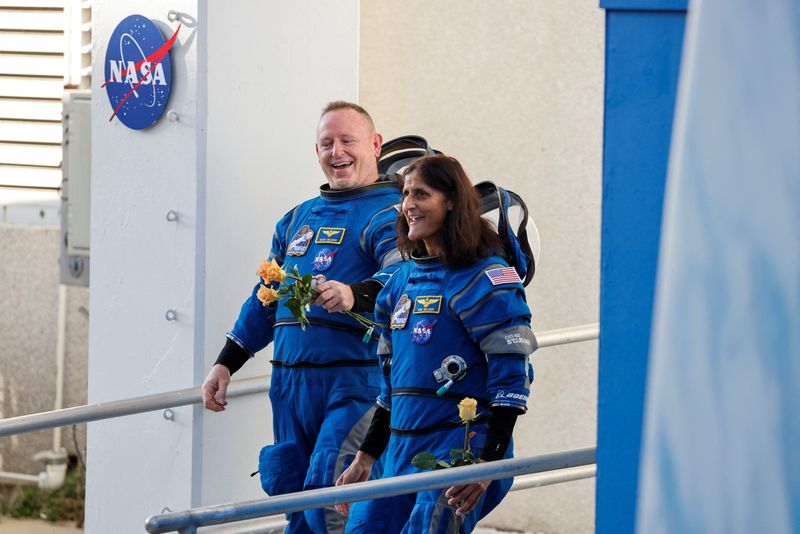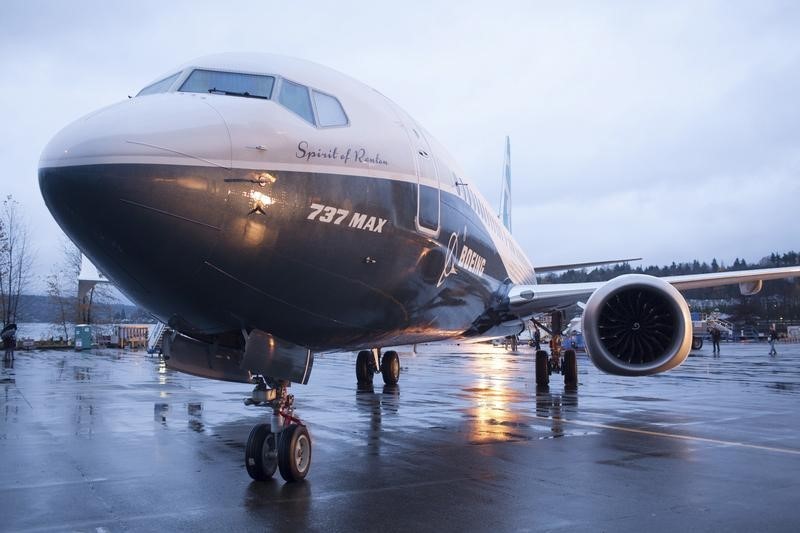By Joey Roulette
WASHINGTON (Reuters) – Boeing’s Starliner spacecraft will not return its two astronauts from the International Space Station until engineers conduct “a few weeks” of testing to investigate problems with the spacecraft’s thrust, a NASA official said on Friday.
Starliner, which has been docked with the ISS since June 6 after carrying its first crew of astronauts there, has allowed its test mission to continue after a series of problems with its thrusters and a leak of helium, which is used to pressurize the thrusters .
A joint NASA-Boeing team focused on the thruster issues has planned ground tests at the White Sands Missile Range in New Mexico to test the same kind of Starliner thrusters currently in space.
“This will be the real opportunity to examine the thruster, just as we have done in space, on the ground for detailed inspection,” Steve Stich, NASA’s commercial crew chief, told reporters at a news conference.
Starliner’s docking with the ISS on June 6 was delayed by an hour after five of its 28 maneuvering engines failed. Boeing (NYSE:) rushed to adjust the propulsion system’s software to get four of the thrusters working again and continue docking with the ISS, some 250 miles in space.
The bow thruster that remained off failed for different reasons than the other four. NASA and Boeing’s investigation into all these failures has extended the Starliner mission, which was originally expected to last about eight days.
Boeing’s Starliner chief Mark Nappi, who was also speaking to reporters, criticized news reports stating that Starliner and its two astronauts are “stuck” in space, prompting backlash from reporters who claimed NASA and Boeing should be more transparent about the mission.
“As a representative of Boeing, as a representative of the Starliner program, it’s quite painful to read what’s happening,” he said. ‘We’re not stuck on the ISS. The crew is not in danger.’

Although NASA and Boeing have said Starliner is capable of returning the astronauts to Earth in the event of an emergency on the ISS, the capsule will not be allowed to fly home under normal, non-emergency conditions until the thruster issues are resolved or at least improved. understood after the upcoming tests.
Boeing has long struggled with Starliner, whose development has been marred by delays, management problems and technical challenges that have cost the company $1.5 billion in budget overruns.


